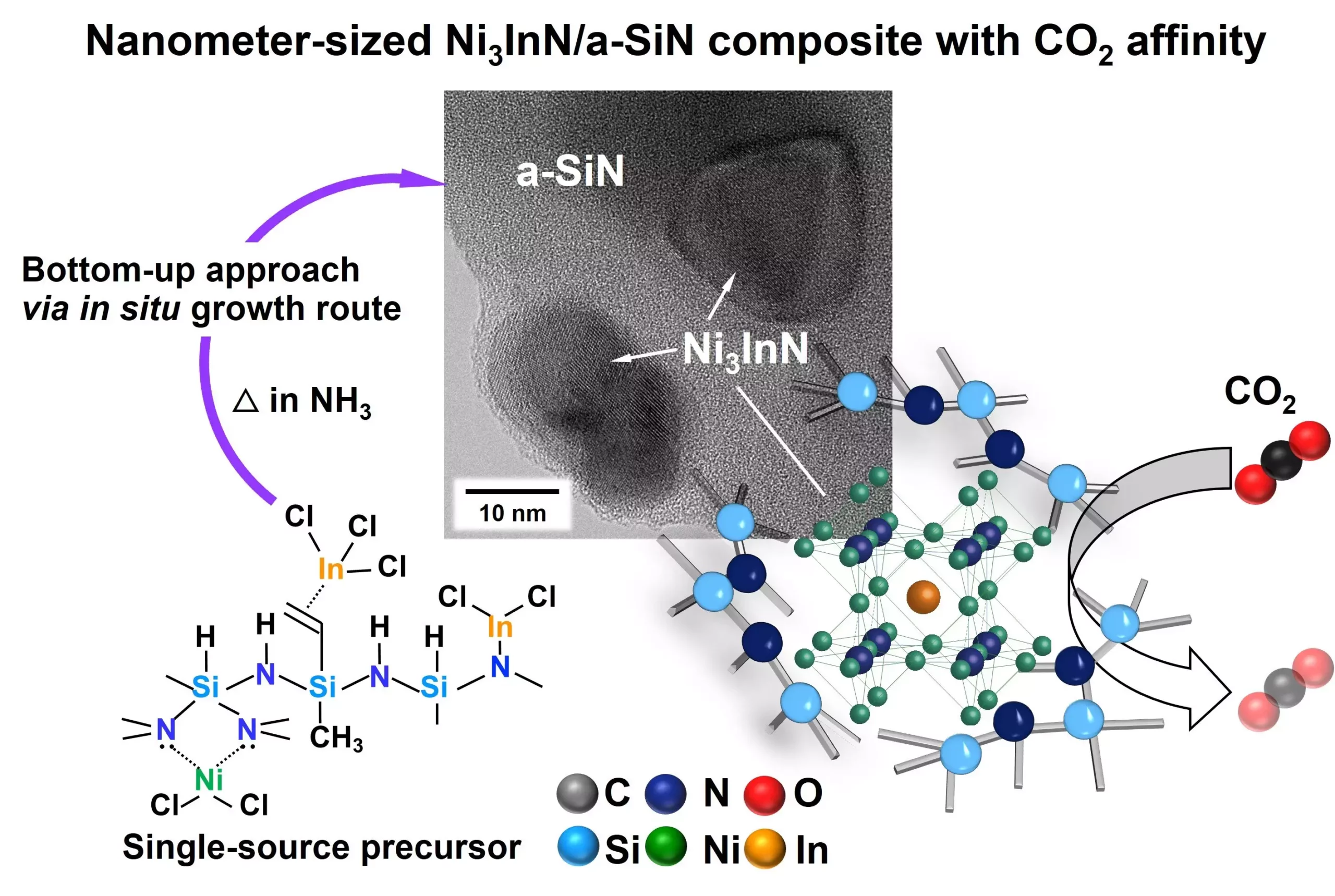In the realm of material science, perovskites have dominated discussions due to their remarkable electronic and optical properties. However, there’s a growing recognition that anti-perovskites may hold equally significant potential, offering a wealth of properties that remain largely untapped. Unlike their perovskite counterparts, anti-perovskites have an inverted electrical structure that can lead to unique attributes, such as negative thermal expansion, ionic conductivity, and even the possibility of superconductivity. This article delves into the recent strides in synthesizing nanosized anti-perovskites, spotlighting a breakthrough that could transform their applications in catalysis.
The Promise and Challenges of Synthesis
Despite their tantalizing possibilities, the challenge of synthesizing anti-perovskites at the nanoscale has stymied their integration into practical applications. Many researchers have pointed out that the lack of efficient synthesis methods is a significant obstacle. It turns out that creating nanosized anti-perovskites, particularly nitride-based variations, is not straightforward. The precise control over structural characteristics essential for achieving desirable functional properties often remains elusive.
Recent research initiatives, however, are pushing past these limitations. A pivotal study led by Professor Yuji Iwamoto from Japan reveals innovative synthesis techniques that hold promise for advancing our understanding and usage of anti-perovskites. The investigation illustrates a new avenue to tackle longstanding challenges around the material’s synthesis, opening doors for their application in catalysis and beyond.
Innovative Synthesis Techniques
The groundbreaking approach presented by Iwamoto and his colleagues involves a novel method categorized as Polymer-Derived Ceramics (PDCs). This synthesis process employs a precursor of polysilazane that is chemically modified before undergoing pyrolysis in an ammonia environment. The genius of this technique lies in its simplicity—achieving the desired nanocomposite in a single step at a relatively low temperature of 300 °C.
This innovation reveals a meticulous understanding of the material interaction processes. Notably, the presence of NiCl2 and InCl3 enhances the growth of Ni3InN anti-perovskite crystals incorporated within an amorphous silicon nitride matrix. Iwamoto’s team cleverly addressed previous difficulties in achieving a single-phase Ni3InN from stoichiometric blends, marking a significant leap toward optimizing these multifunctional materials.
The Strategic Role of Materials Chemistry
The field of materials chemistry plays a crucial role in elucidating how modifications at the atomic level—such as the introduction of diverse metal species—can drastically alter the functional properties of compounds. The findings from this research not only highlight the interplay between material composition and characteristics but also unveil potential pathways to harness these intermetallic nanoparticles for real-world applications.
For instance, the demonstrated ability of the a-SiN/Ni3InN composite to capture and release CO2 opens exciting possibilities for catalysis, especially in transforming small molecules into energy-rich compounds—an essential aspect for advancing clean energy technologies. The implications could resonate through various sectors, including those grappling with energy sustainability and environmental responsibility.
Future Prospects in Heterogeneous Catalysis
As markets increasingly lean towards sustainable solutions, the versatility of the nanocomposite derived from anti-perovskites becomes particularly compelling. The unique microporous structure and abundant interfaces between the anti-perovskite and silicon nitride carry implications for catalytic design. Dr. Bernard, a key figure in the research group, has highlighted the potential for this kind of structural diversity to pave the way for novel catalytic functionalities.
Such capabilities could unlock unprecedented opportunities for heterogeneous catalysis, allowing researchers to explore new horizons in material design and functionality. The prospect of utilizing materials that can efficiently mediate chemical reactions while offering a low environmental footprint positions anti-perovskites as front runners in the quest for innovation in catalyst technology.
A Paradigm Shift in Materials Science
In summation, the advances presented by this research signify more than just incremental improvements in material synthesis; they represent a potential paradigm shift in how we conceive and utilize anti-perovskites. As researchers continue to unpack the complexities of these materials, we may soon see a new era in catalytic applications, driven by a deeper understanding of their intrinsic properties and capabilities.
The ongoing exploration and development of anti-perovskites could offer revolutionary solutions to pressing global challenges, emphasizing the need for continued investment and interest in this promising field of materials science. The future of catalysis may indeed be bright, with anti-perovskites taking center stage in advancing technology and sustainability.

